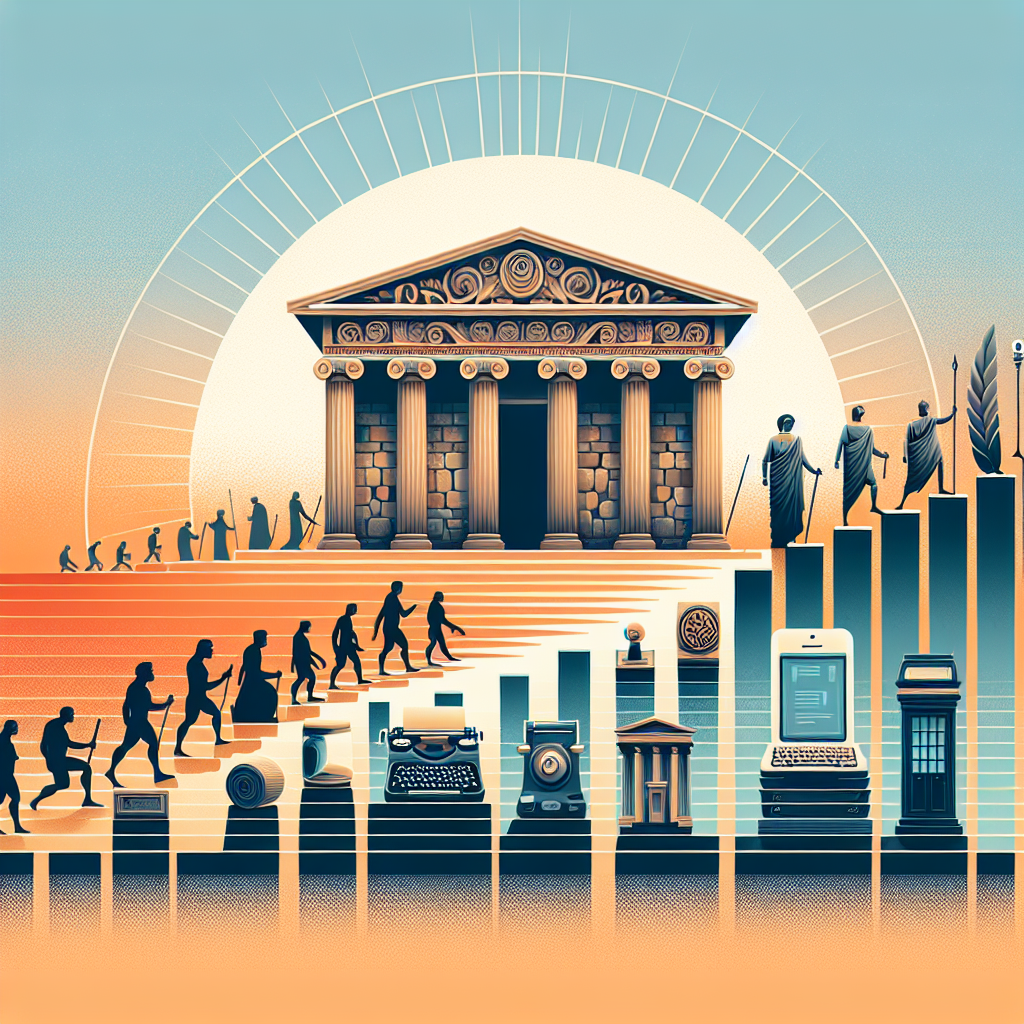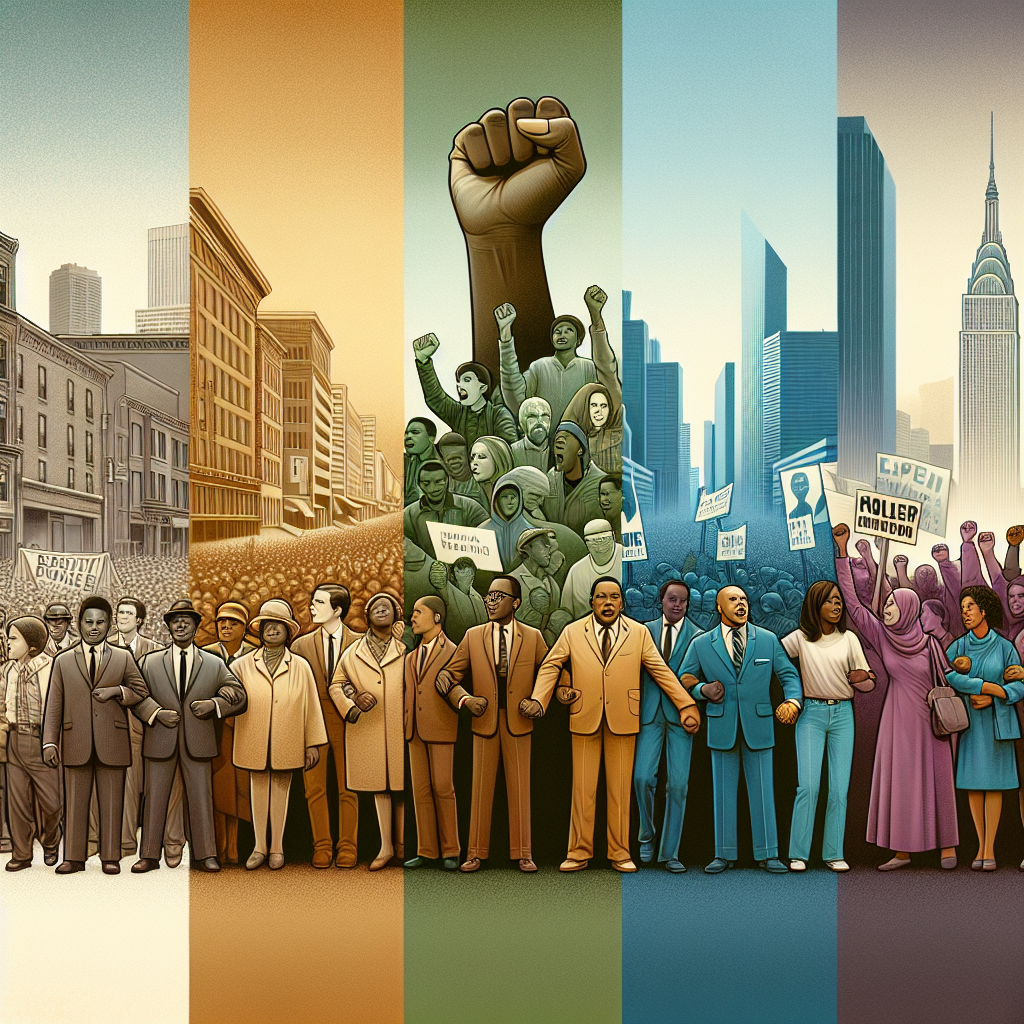Iconic Films: The Best Movies of the 1960s That Shaped Cinema
The 1960s were a transformative era for cinema, marked by innovative storytelling, groundbreaking techniques, and iconic performances that have left a lasting impact on the industry. From the rise of New Hollywood to the influence of international auteurs, the decade produced some of the most memorable films in history. In this blog post, we will explore the best movies of the 1960s that shaped cinema, delving into their significance, key moments, and lasting legacy.
The Rise of New Hollywood
One of the most significant shifts in the 1960s was the rise of New Hollywood, a movement characterized by young filmmakers who challenged the norms of traditional Hollywood cinema. This era saw the emergence of directors like Steven Spielberg, George Lucas, and Martin Scorsese, who would go on to become some of the most influential figures in film history.
Bonnie and Clyde (1967)
Bonnie and Clyde is often credited with heralding the New Hollywood era. Directed by Arthur Penn, this biographical crime film tells the story of the infamous bank-robbing couple. The film’s graphic violence, unconventional editing, and anti-authoritarian themes broke new ground in Hollywood.
Bonnie and Clyde was a box office success, earning over $70 million worldwide. It also received critical acclaim, with ten Academy Award nominations and two wins. The film’s impact is evident in its influence on later works, including Quentin Tarantino’s Pulp Fiction and Oliver Stone’s Natural Born Killers.
International Influence
The 1960s also saw a surge in international cinema, with filmmakers from around the world bringing new perspectives and styles to the forefront. Directors like Federico Fellini, Akira Kurosawa, and Ingmar Bergman produced works that transcended cultural boundaries and left a lasting mark on global cinema.
8½ (1963)
Federico Fellini’s 8½ is a masterpiece of Italian cinema and a quintessential film of the 1960s. The film follows a famous director, Guido Anselmi, as he grapples with creative block and personal crises. Fellini’s use of surreal imagery, non-linear narrative, and introspective themes made 8½ a landmark in filmmaking.
The film was a critical and commercial success, winning two Academy Awards and the Grand Prize at the Moscow International Film Festival. Its influence can be seen in the works of directors like Woody Allen, Terry Gilliam, and David Lynch.
Seven Samurai (1954)
While Akira Kurosawa’s Seven Samurai predates the 1960s, its impact on cinema became more pronounced during this decade. This Japanese epic tells the story of a village that hires seven samurai to protect them from bandits. Kurosawa’s masterful direction, dynamic action sequences, and deep character development set a new standard for the genre.
The film’s influence extends to Hollywood, with remakes like The Magnificent Seven and homages in various genres. Seven Samurai’s enduring legacy is a testament to Kurosawa’s genius and its importance in cinematic history.
Groundbreaking Techniques
The 1960s were a time of experimentation and innovation in filmmaking techniques. Directors and cinematographers pushed the boundaries of what was possible, creating new visual and narrative experiences for audiences.
2001: A Space Odyssey (1968)
Stanley Kubrick’s 2001: A Space Odyssey is a landmark in science fiction and a testament to the power of visual storytelling. The film explores themes of human evolution, artificial intelligence, and extraterrestrial life through a visually stunning and thought-provoking narrative.
2001: A Space Odyssey was groundbreaking in its use of special effects, which remain impressive even by today’s standards. The film’s meticulous attention to detail, innovative camera techniques, and haunting score by Richard Strauss have cemented its status as a cinematic masterpiece.
The film was initially met with mixed reviews but has since gained critical acclaim and a devoted following. It has inspired countless filmmakers and continues to be a touchstone for science fiction cinema.
Psycho (1960)
Alfred Hitchcock’s Psycho is a seminal work in the horror genre, known for its shocking twist and innovative storytelling. The film follows Marion Crane, who steals money and ends up at the Bates Motel, where she encounters the mysterious Norman Bates.
Psycho is famous for its iconic shower scene, which utilized quick cuts, a screeching violin score, and meticulous editing to create a sense of terror. Hitchcock’s use of suspense, psychological horror, and an unreliable narrator set new standards for the genre.
The film was a commercial success, grossing over $50 million worldwide, and received critical acclaim. It remains one of Hitchcock’s most celebrated works and a cornerstone of horror cinema.
Iconic Performances
The 1960s were also marked by unforgettable performances from some of the greatest actors of all time. These performances helped define the era and left a lasting impact on the art of acting.
Lawrence of Arabia (1962)
David Lean’s epic historical drama Lawrence of Arabia features Peter O’Toole in one of the most iconic performances of the decade. The film tells the story of T.E. Lawrence, a British officer who played a key role in the Arab Revolt during World War I.
O’Toole’s portrayal of Lawrence is both charismatic and complex, capturing the character’s inner conflicts and larger-than-life persona. The film’s breathtaking cinematography, epic scope, and Maurice Jarre’s unforgettable score make it a landmark in cinema.
Lawrence of Arabia was a critical and commercial success, winning seven Academy Awards, including Best Picture and Best Director. It remains one of the most celebrated films in history.
To Kill a Mockingbird (1962)
Based on Harper Lee’s Pulitzer Prize-winning novel, To Kill a Mockingbird features Gregory Peck in a career-defining role as Atticus Finch. The film addresses themes of racial injustice, moral integrity, and empathy through the eyes of a young girl, Scout Finch.
Peck’s portrayal of Atticus Finch is widely regarded as one of the greatest performances in film history. His quiet strength, unwavering principles, and compassion resonate deeply with audiences. The film’s powerful message and timeless relevance have solidified its place in cinema history.
To Kill a Mockingbird was a critical and commercial success, earning over $13 million and winning three Academy Awards, including Best Actor for Gregory Peck.
Conclusion: The Enduring Legacy of 1960s Cinema
The 1960s were a pivotal decade for cinema, marked by innovation, creativity, and a willingness to push boundaries. The films of this era continue to inspire and influence filmmakers, captivating audiences with their timeless stories and unforgettable performances. From the rise of New Hollywood to the impact of international auteurs, the 1960s shaped the course of cinema in profound ways.
As we look back on this remarkable decade, it’s clear that the best movies of the 1960s are not just products of their time but enduring works of art that have left a lasting legacy. Whether you’re a seasoned cinephile or a newcomer to classic films, these iconic movies are essential viewing for anyone interested in the history and evolution of cinema.
So, grab some popcorn, dim the lights, and immerse yourself in the magic of 1960s cinema. You won’t be disappointed.






Leave a Reply
You must be logged in to post a comment.